1. Sin-Eater
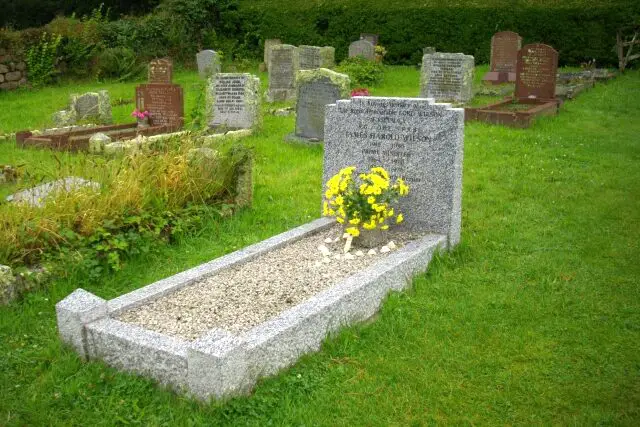
In centuries past, some English and Welsh villages believed in hiring a “sin-eater” to cleanse the souls of the dead. After someone died, this person would eat bread and drink ale placed on the deceased’s body, symbolically consuming their sins. It was considered grim, taboo work, but for the impoverished, it provided a small income. The sin-eater was often shunned by society, despite performing a service meant to bring peace to the dead. It’s one of those jobs that blurs the line between superstition and survival.
The role faded by the 19th century as religion and science began to take precedence over folklore. Still, the eerie idea that someone could “eat” your sins remains one of history’s most chilling occupational tales.
2. Knocker-Up
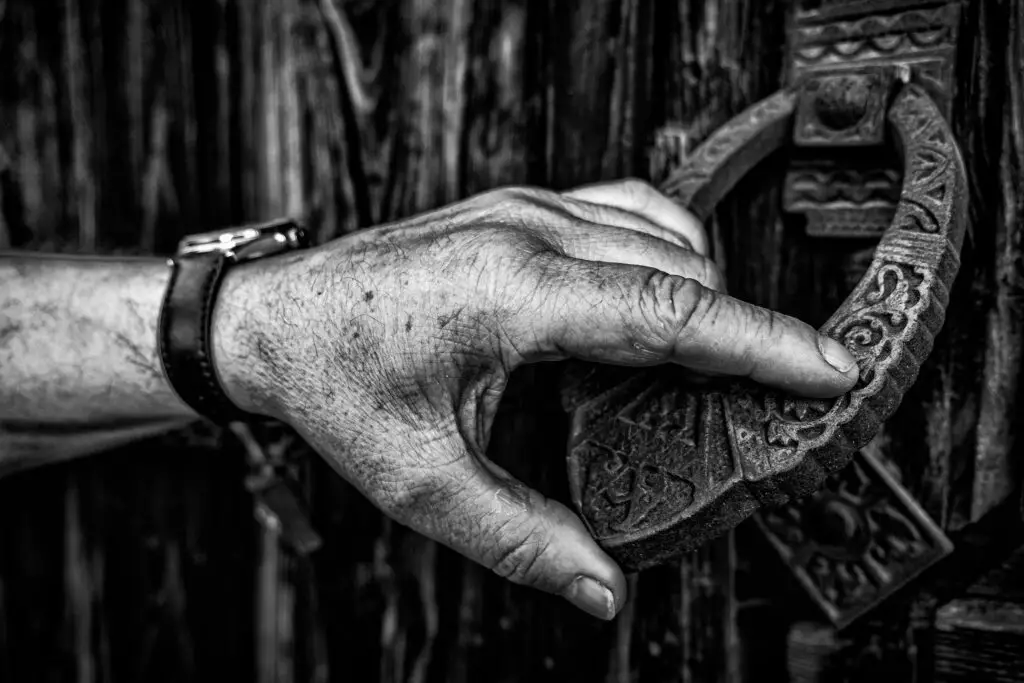
Before alarm clocks were common, factory workers relied on a “knocker-up” to make sure they woke up for their shifts. This person would walk through town early in the morning, using a long stick to tap on windows until their clients stirred. Some used pea shooters instead, especially if the bedroom window was far up. It wasn’t glamorous, but it was dependable work in industrial Britain.
The knocker-up became a local fixture, especially in mill towns where starting late could mean losing a day’s wages. Eventually, alarm clocks made them obsolete, but it’s hard not to admire the dedication it took to wake up before everyone else—just to make sure they did the same.
3. Leech Collector

Medicine in the 18th and 19th centuries leaned heavily on leeches, so someone had to gather them. Leech collectors waded into muddy ponds and let the bloodsuckers attach to their legs, collecting them for doctors and apothecaries. It was painful, unsanitary, and occasionally deadly due to infections or blood loss.
Yet, the demand was high enough that entire families took part in the trade. The practice waned with the rise of modern medicine, but in a strange twist, leeches are still used in some surgeries today—though thankfully, no one has to fish them out by hand anymore.
4. Resurrectionist

When medical schools began dissecting human bodies for study, legal cadavers were hard to come by. That’s where resurrectionists—also known as body snatchers—came in. They dug up freshly buried corpses and sold them to anatomy professors under the cover of night. It was technically illegal but often overlooked because universities were desperate.
The profession was so notorious it inspired fear and moral outrage, especially in 19th-century Britain. Graveyards even installed iron cages called mort-safes to keep the dead from being “resurrected.” Eventually, new laws allowed for legal body donations, putting the grave robbers out of work—for the better.
5. Gong Farmer

In Tudor England, waste disposal was about as unpleasant as you might imagine. Gong farmers were hired to climb into cesspits and dig out human waste by hand. They worked by night, since the smell alone would have cleared the streets during the day.
Despite being vital to sanitation, gong farmers were considered unclean and often lived in isolation. They were paid decently for such disgusting labor, but few could handle it for long. Their contribution to early urban hygiene, however, can’t be overstated.
6. Rat Catcher

Long before pest control companies, professional rat catchers patrolled cities during outbreaks of disease. Armed with traps and sometimes terriers, they caught rodents by the dozen to prevent plague and protect food supplies. It was hazardous work—rats carried fleas and infections that could kill.
But rat catchers were seen as brave, if eccentric, heroes in their communities. Some even made side money selling live rats for sport or experiments. In a world without sanitation laws, they were a strange but necessary part of urban life.
7. Powder Monkey
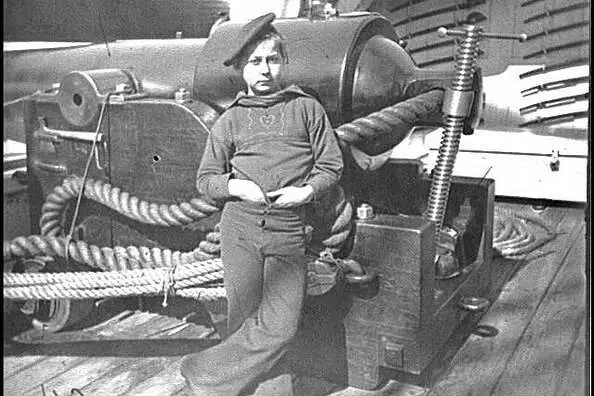
During naval battles in the 18th and 19th centuries, ships relied on young boys called powder monkeys to carry gunpowder from storage to the cannons. They had to move quickly and carefully, often under enemy fire, because one spark could mean disaster. Most were teenagers, though some were barely ten years old.
It was a terrifying and heroic job rolled into one, and it played a crucial role in keeping the cannons firing. As warfare modernized, the role disappeared, but their bravery remains a powerful symbol of youth caught in conflict.
8. Whipping Boy
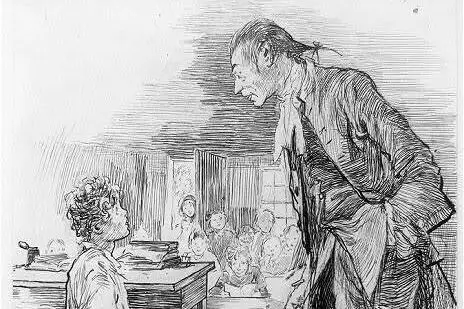
In royal households, a prince could not be punished by anyone lower in status than himself. The solution? Assign him a “whipping boy” who would take the punishment whenever the prince misbehaved. The hope was that seeing his friend suffer would teach the royal empathy.
The position was both privileged and perilous—whipping boys were educated alongside royalty but suffered the consequences of their tantrums. Eventually, changing views on child discipline ended the practice, but it remains one of the most bizarre intersections of class and cruelty.
9. Dog Whipper

Churches in medieval Europe often had to deal with stray dogs wandering in during services. To keep order, some employed a “dog whipper.” Armed with a whip or long stick, he chased animals out of the pews and kept them from disturbing worshippers.
The position may sound absurd today, but it was taken quite seriously at the time. Dog whippers even had designated seats near the door, ready to spring into action. Once churches started closing doors during services, the profession faded away—though it’s hard not to picture it with a smile.
10. Lamp Lighter
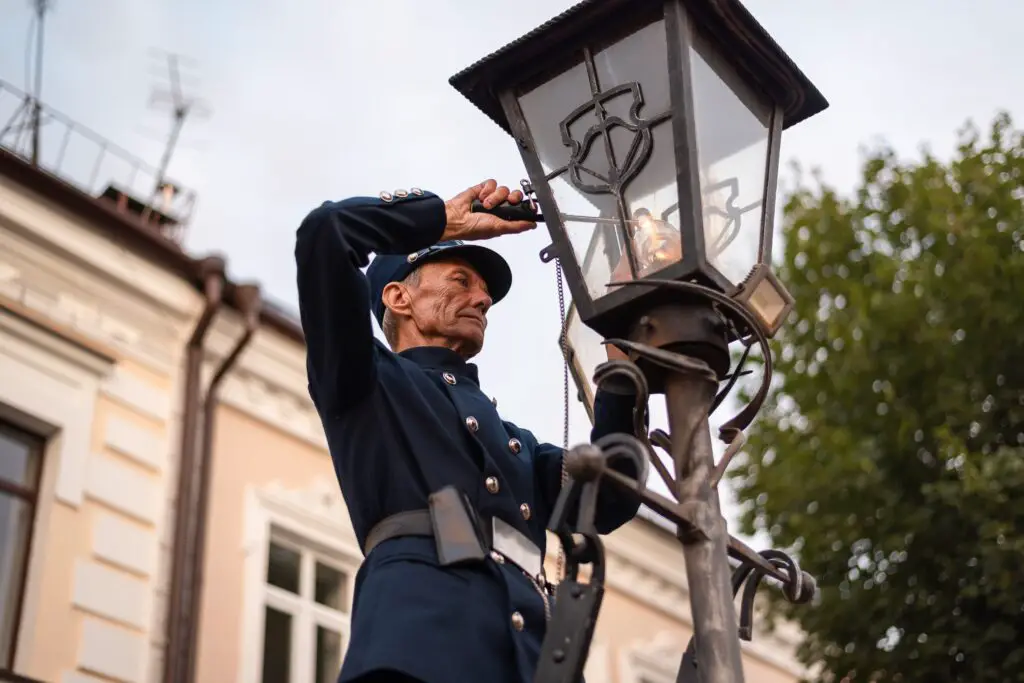
Before electricity, city streets were illuminated by gas lamps, and someone had to light them each evening. Lamp lighters carried long poles with flames at the tip, walking block after block to ignite each lamp. In the morning, they returned to extinguish them. It was steady, if monotonous, work that kept towns safe and walkable at night.
These men became part of the evening rhythm of city life, often greeting neighbors as they worked. Once electric streetlights took over, the profession vanished almost overnight, but it remains a charming symbol of the pre-electric age.
11. Pinsetter
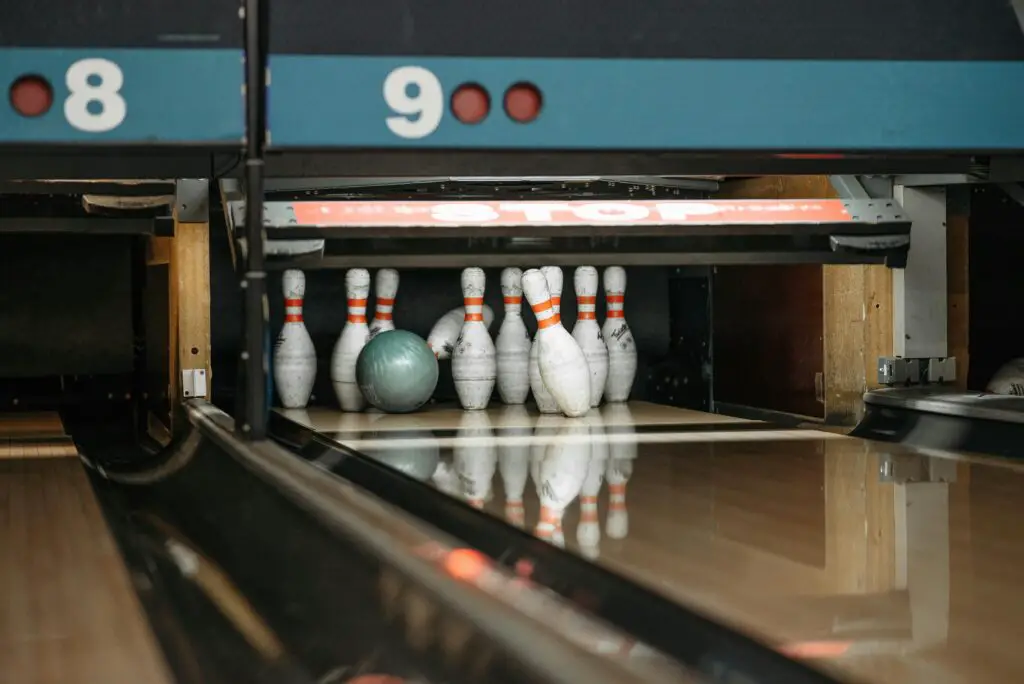
In the early days of bowling, there were no machines to reset the pins after each frame. That job fell to pinsetters—usually teenage boys who scrambled onto the lanes between throws. It was dangerous, fast-paced, and poorly paid, but it provided quick cash for kids.
They had to dodge flying balls while resetting pins in seconds, often for hours at a time. The invention of automatic pinsetters in the 1940s put them out of work, but many bowlers still remember the sound of human labor echoing behind the lanes.
12. Toad Doctor

In parts of rural England, “toad doctors” were believed to cure warts, scrofula, and other ailments using live toads. They’d carry them in cloth bags or wear them around their necks as charms, claiming the toad absorbed illness. It sounds absurd now, but it was taken seriously in some communities well into the 19th century.
Toad doctors mixed folk medicine with local superstition, and their reputation sometimes overlapped with that of witches or healers. Once scientific medicine spread, the practice was dismissed—but it’s a fascinating look at how far people would go in search of a cure.
13. Lector
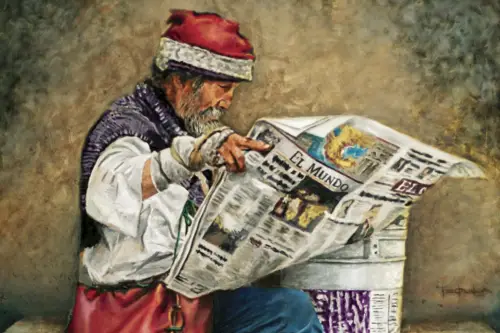
In early 20th-century cigar factories, work could be tedious, so factories hired “lectors” to read aloud to the workers as they rolled cigars. They’d stand on a raised platform and read everything from news and novels to political essays. The workers often paid the lector’s salary themselves.
The job was more than entertainment—it helped spread education and political awareness among the working class. When radio arrived, the lector’s voice faded away, but the tradition helped shape the early labor movement and left a literary legacy in unexpected places.
14. Link Boy
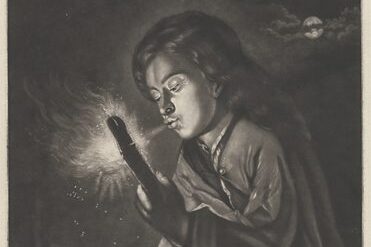
Before streetlights or personal flashlights, city dwellers relied on “link boys” to light their way at night. These boys carried torches, guiding pedestrians through dark streets for a small fee. It was risky work, since crime was rampant and torches were expensive to maintain.
Some link boys were known for petty theft or mischief, while others were genuinely helpful to late-night travelers. The role vanished as cities grew safer and better lit, but the idea of hiring a child to literally carry your light remains one of the strangest remnants of a pre-electric world.
